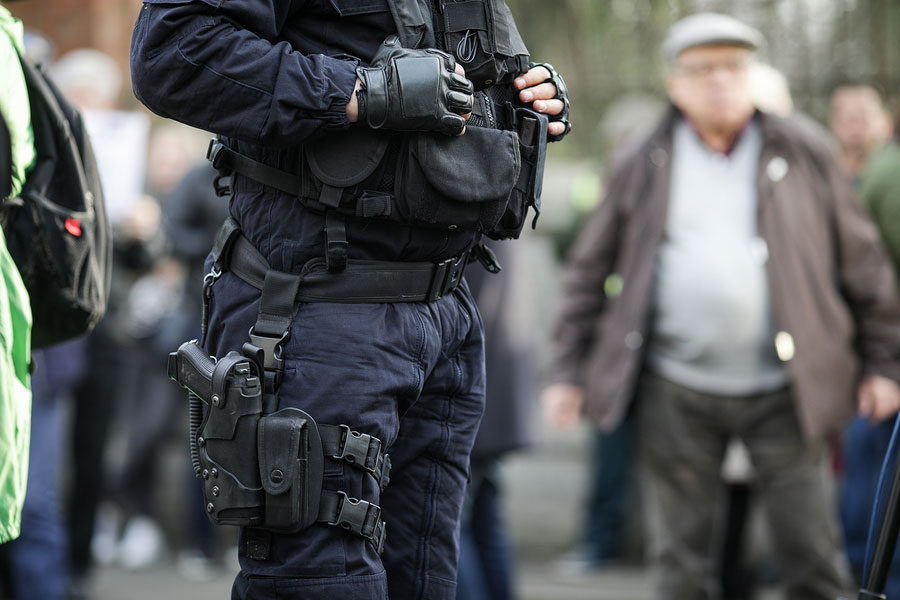The National Fire Protection Association (NFPA) authorized a provisional standard, the NFPA 3000 “Standard for Preparedness and Response to Active Shooter and/or Hostile Events,” in response to the rise in active shooter and hostile events. The goal is to enable a unified response by first responders, emergency medical personnel, law enforcement and hospital personnel.
“Hostile events are happening with greater frequency and ferocity today. It’s critical that we take steps to protect people from this increasing threat,” said NFPA president Jim Pauley. “By employing the unified response outlined in NFPA 3000, first responders, facility managers, hospital officials and community members can minimize risk before, during and after these devastating incidents.” Pauley added “we were clearly hearing the need for such a standard from those on the frontlines. Through this process, we are able to respond quickly to provide a critical body of knowledge to those who are faced with such horrendous events, ultimately making them and the public safer.”
While first responders around the world will benefit from the new standards, the phenomenon of mass public shootings are predominantly found in the United States with 31 percent occurring here. Over the past few years the United States witnessed mass public shootings at the Pulse Nightclub in Orlando, Florida, a massacre in Las Vegas during a concert, and tragic school shootings in Parkland, Florida and Southland, Texas.
NFPA developed an integrated protocol and safety measures to provide guidance in preparedness, response, and recovery and to minimize risk. The new standards once released will “provide guidance for organizing, managing, and sustaining an active preparedness and response program so that the risk, effect and impact of hostile events will be reduced,” according to the NFPA 3000 press release (http://www.nfpa.org).
The standards address the following areas:
- Planning – assessing risks and developing community-wide programs
- Responding – establishing competencies and communicating to all stakeholders
- Recovering – planning recovery efforts and taking into account health care and mental health issues.
The standards were created with widespread support from fire service, law enforcement, emergency medical services, emergency management, higher education, and facility management professionals. The committee members included representatives from 46 government agencies, organizations and associations. Representatives came from the Department of Homeland Security, Department of Justice, the FBI, NSA, national police, fire and EMS organizations, hospitals, private security and universities.
MedTrust Transport provides emergent and non-emergent ambulance services in Charleston, Myrtle Beach and Georgetown, South Carolina. We have trained EMT personnel and a fleet of fully-equipped ambulances. We aim to provide compassionate and timely patient care.

